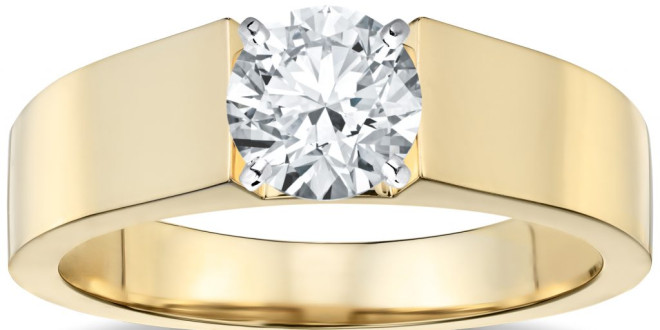[ad_1]
Wedding bouquets are one of the quintessential symbols of the beautiful bride in Western culture. Of course, their origins are a bit less pristine. Back in the days when people only bathed about once a month, carrying a bunch of fragrant flowers was a convenient way for the bride to mask the odor of her unwashed body. Not exactly the stuff dreams are made of. Fortunately for modern wedding attendees, brides today only carry bouquets for the beauty of the flowers and the tradition. In fact, there is a wide variety of bouquet styles to choose from, not only regarding flower types, but bouquet arrangements as well.
The nosegay is a traditional and still popular form of bridal bouquet. It consist of a small, round cluster of flowers, all cut to a uniform length, and very little greenery is visible. Usually made with one dominant flower or color, nosegays are wrapped tightly with ribbon or lace for a delicate effect, which is a nod to the style of Victorian Era origins. This style of bouquet is very ladylike and convenient if the bride wants to create a fairly uniform look among herself and her bridesmaids. One popular trend is for the bride's nosegay to simply be larger than the bridesmaids' while using the same style and flowers.
The beidermeier bouquet is similar to the nosegay in that it is also round. However, these bouquets are formed of concentric circles of different flowers. The style allows for the same general appearance as the nosegay, but allows the bride to inject a greater variety of texture into the effect.
Cascade bouquets are desirable for the dramatic yet elegant impression they create, and they are often used at formal and traditional weddings. These bouquets can be created using any kind of flowers, although roses and lilies are the most common. When a bride holds the bouquet at the traditional level, trails of flowers and often leaves and ribbons stream down from the main part of the bouquet. The effect resembles a waterfall of flowers. The teardrop bouquet is very similar to the cascade, except that this style is stiffer.
Hand-tied bouquets are often popular with brides who want to create a less formal ambiance. These arrangements are designed to show the natural growth of the stems, which are often wrapped in pretty ribbon or braided together. Any flowers can be used in a hand-tied bouquet, which means that they can be easily designed to suit the general decor of the wedding.
Arm bouquets are different from those listed above due to the manner in which they are transported. While most bridal bouquets are carried with both hands in front of the body, arm bouquets are cradled in one arm so that the heads of the flowers are to one side of the body. The effect is simple yet elegant, especially with the right kind of blossoms. This style of bouquet works better with some flowers than with others; orchids, calla lilies and any other flowers with a long stems are best. The flowers are left in their natural state and usually simply tied together with a ribbon.
[ad_2]
Source by Victor Epand

